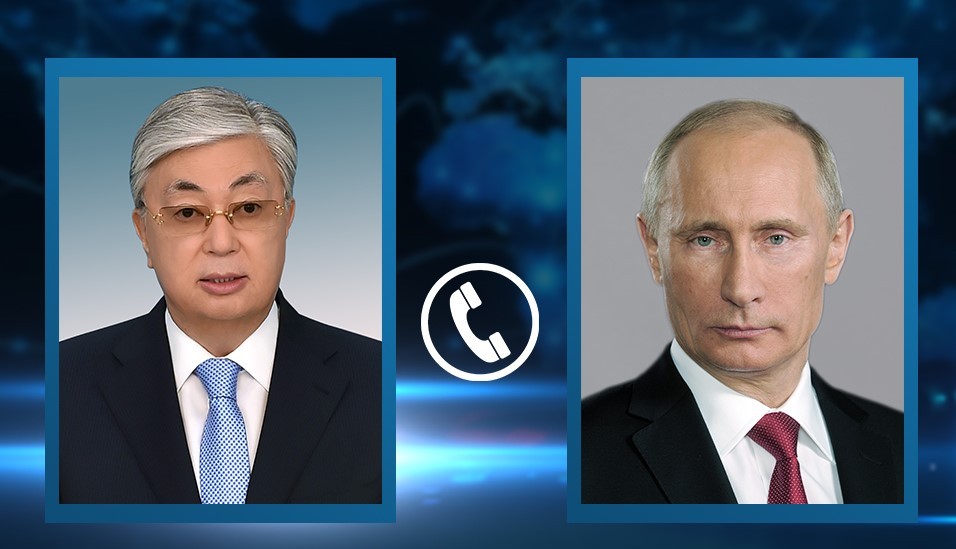Putin Briefs Tokayev on U.S.-Russia Talks About Possible Ukraine Deal
Russian President Vladimir Putin has updated Kazakh President Kassym-Jomart Tokayev on U.S.-Russian talks, which have focused in recent weeks on trying to reach a settlement in the war in Ukraine. Putin and Tokayev spoke by telephone on Thursday, according to the offices of the two leaders. In the conversation, Putin “shared his assessments of the progress achieved in the dialogue between Russia and the United States,” the Kremlin said without providing details. It said the two men also discussed preparations for the May 9 commemoration in Moscow of victory over Nazi Germany in World War II, adding that Tokayev is expected to attend. Kazakhstan’s presidency said that Putin and Tokayev talked about topics including joint energy projects and “exchanged views on current international issues,” a possible reference to talks on the Ukraine war. U.S. envoy Steve Witkoff discussed Ukraine with Putin in St. Petersburg last week. American and Russian officials also negotiated in Saudi Arabia in February, in the first face-to-face meeting between the two countries since Russia launched a full-scale invasion of Ukraine three years earlier. Ukraine and its European allies fear the United States favors Russian negotiating positions, while Russia has ramped up accusations that some European countries are undermining any progress toward a settlement. The two sides remain far apart on key issues and U.S. President Donald Trump has expressed frustration over a conflict that he had said he would quickly resolve. Kazakhstan and other Central Asian countries have tried to maintain a publicly neutral stance in the conflict. Tokayev, in particular, has emphasized the need for dialogue and welcomed a lengthy call last month between Putin and Trump. Another international priority for Kazakhstan is how to navigate Trump administration tariffs, and the government plans to send a delegation to Washington to negotiate.






